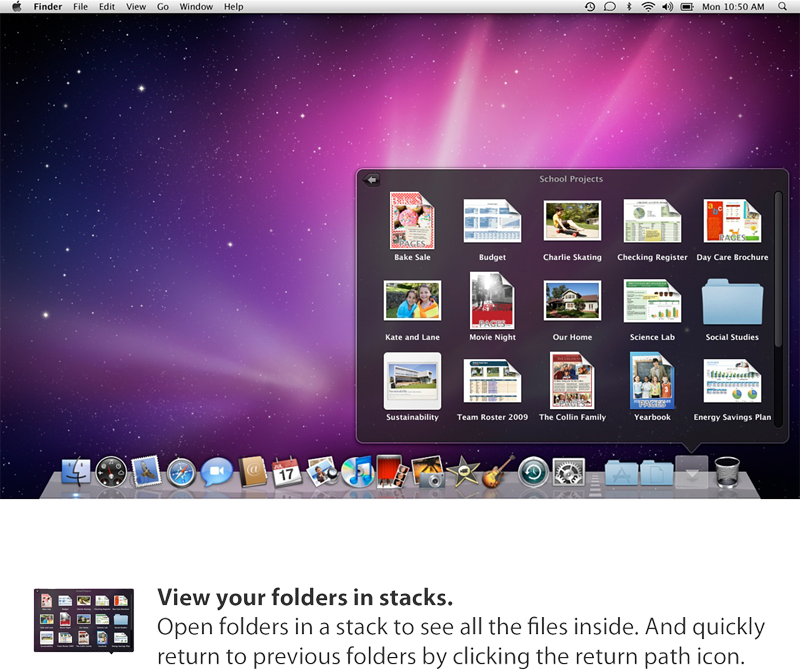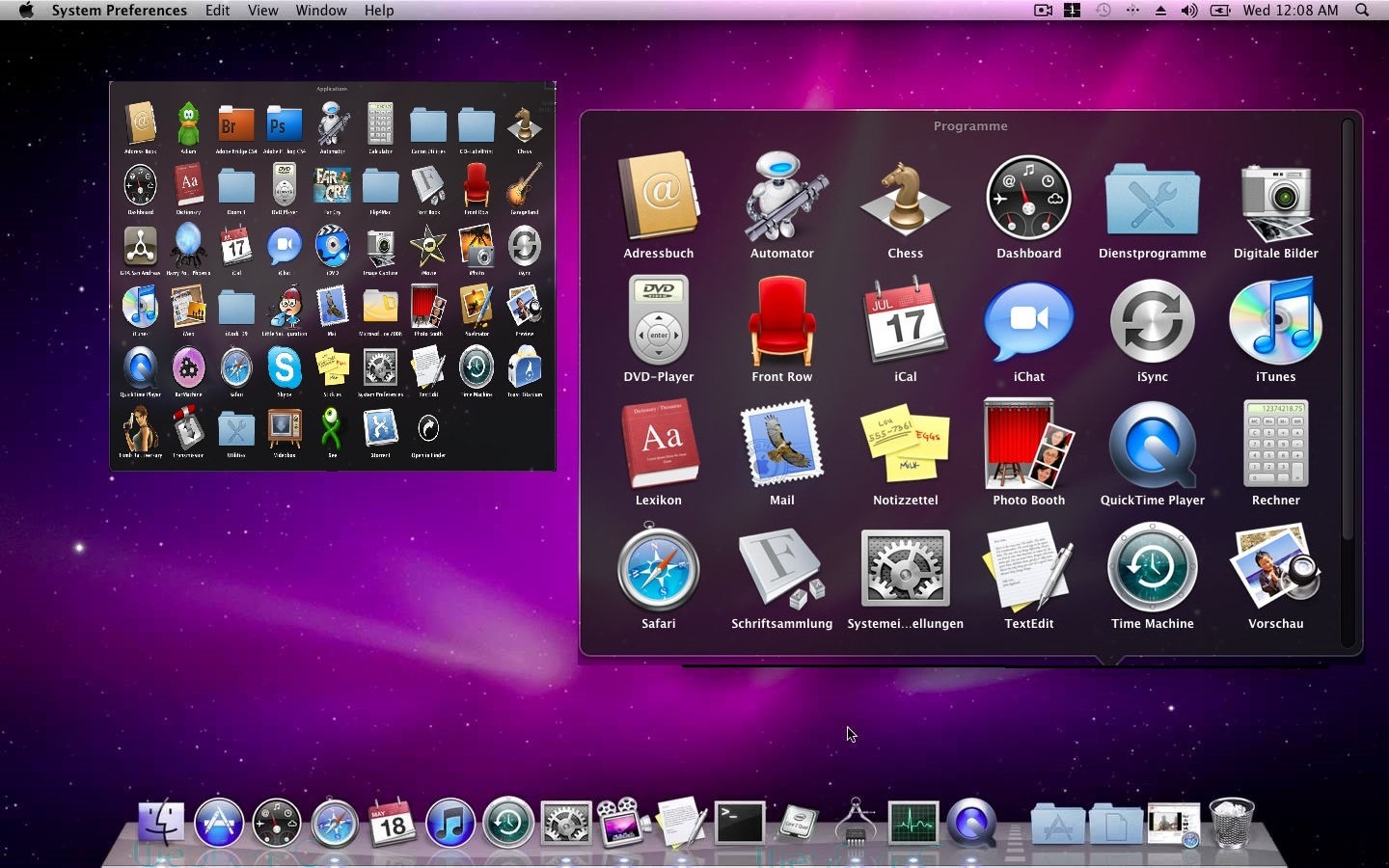
- Hardware Requirements For Mac Os X Snow Leopard 10 6 8 Free Download
- Mac Os X Snow Leopard Hardware Requirements

Jul 01, 2012 QuickTime X movie capture. Requires iSight camera (built-in or external), USB video class (UVC) camera, or FireWire DV camcorder. QuickTime H.264 hardware acceleration. Requires a Mac with an NVIDIA 9400M graphics processor. Developer tools. Require 1GB of memory and an additional 3GB of available disk space.
If you need information about your hardware or to find out precisely what hardware is installed in your Mac, Apple provides Mac OS X Snow Leopard with an all-in-one hardware and software display tool, aptly named System Profiler, which you can find in the Utilities folder within your Applications folder. You can also reach the Profiler through the Apple menu. Just click About This Mac and then click the More Info button.
As with the folders in a Finder window in List View mode, you can expand or collapse each major heading that appears in a Profiler screen. Just click the triangle that appears to the left of each Contents heading to expand or collapse that heading.
Hardware Requirements For Mac Os X Snow Leopard 10 6 8 Free Download
The System Profiler major headings include
Mac Os X Snow Leopard Hardware Requirements
Hardware: This heading tells you volumes about your hard drives as well as specifics concerning your optical drives; modem; AirPort and Bluetooth hardware; graphics hardware; AC power settings; and any FireWire, eSATA, and USB devices connected to your system. This figure shows the information from a USB screen, with many of the devices expanded so that you can see them. (The text you see at the bottom half of the window is the detailed information on the item that’s selected.)
Display information about your Mac’s ports and connections.Network: This heading shows a listing of your network configuration, active network connections, and other assorted network paraphernalia. You’ll probably need this screen only when asked by a technical support person for the network protocols that you’re using, but it’s handy nonetheless. (You’ll find details on your network connection here that you can’t find anywhere else in Snow Leopard.)
Software: Okay, this heading shows something useful to the average human being! This screen lists all the applications, fonts, and preferences recognized on your start-up volume, along with their version numbers. If you’re wondering whether you need to update an application with a patch file(to fix bugs in the software) or update a file from the developer, you can look here to check the current version number for the application. You also get a rather boring list of the extensions(or drivers) used by Mac OS X applications. Logs are usually valuable only to tech support personnel; they document recent lockups, application crashes, and even system crashes.